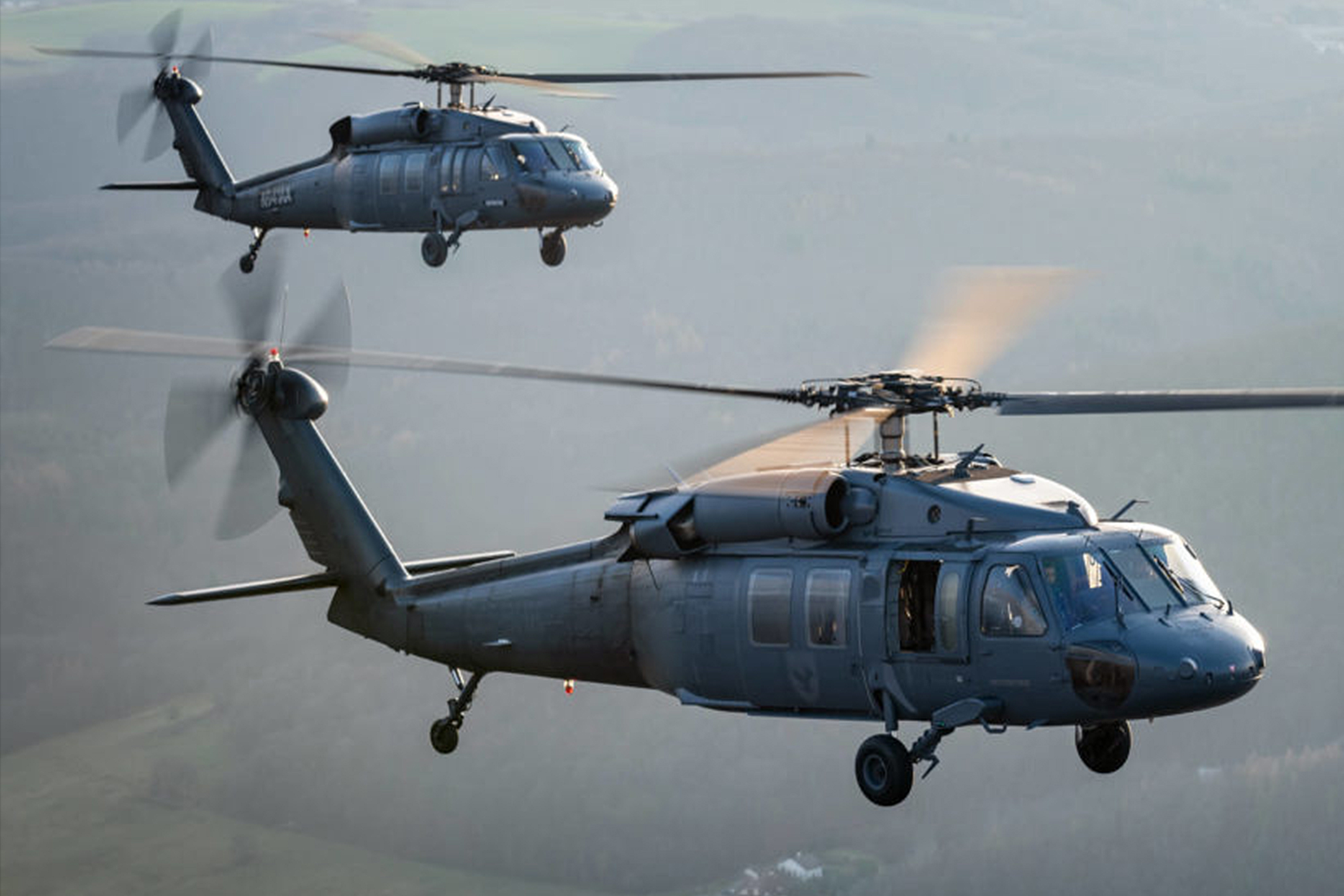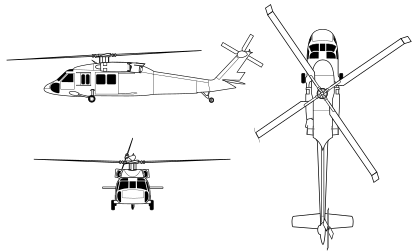UH 60 Helicopter: Advanced Avionics and Battle Equipments
UH 60 Helicopter: Advanced Avionics and Battle Equipments
Blog Article
The Impact of Lasting Practices on the Future of Airplane Operations and Emissions Reduction
As the aviation industry deals with increasing analysis over its ecological effect, the adoption of lasting methods emerges as a crucial path towards future airplane procedures and discharges decrease. Innovations in lasting aviation gas and developments in hybrid propulsion modern technologies stand at the leading edge of this transformation, encouraging considerable decreases in greenhouse gas exhausts. The successful combination of these campaigns hinges on a selection of aspects, including regulatory frameworks and sector collaboration. The inquiry stays: how will these developing methods reshape the characteristics of flight and add to an extra sustainable future?

Summary of Sustainable Practices
Lasting methods in aircraft operations encompass a series of techniques targeted at lowering ecological effect while maintaining operational efficiency. These methods are crucial in the air travel industry's dedication to decreasing its carbon impact and adhering to worldwide ecological criteria. Trick campaigns consist of enhancing flight courses to reduce gas intake, enhancing maintenance procedures to make certain aircraft run at peak performance, and carrying out sophisticated technologies such as winglets and light-weight products that boost aerodynamics.

Engaging and training team on sustainability practices also play an important role, cultivating a culture of environmental responsibility within organizations. In general, the combination of these lasting methods not only assists lower discharges however likewise improves the lasting viability of the aeronautics sector, ensuring it fulfills the demands of both consumers and regulatory bodies while contributing to worldwide sustainability objectives.
Cutting-edge Fuel Alternatives
Numerous ingenious gas alternatives are emerging as critical solutions to minimize the aeronautics market's dependence on standard nonrenewable fuel sources. Among these alternatives, Lasting Aeronautics Gas (SAFs) have gained substantial attention as a result of their potential to reduce lifecycle greenhouse gas discharges by up to 80% contrasted to standard jet fuels. SAFs are originated from different feedstocks, consisting of waste oils, farming residues, and even algae, making them a versatile alternative for the market.
An additional encouraging alternative is hydrogen fuel, which, when used in gas cells, produces only water vapor as a by-product. Furthermore, electric propulsion systems are being explored, leveraging battery technology to power aircraft.
Last but not least, biofuels stemmed from biomass are being explored, providing a renewable alternative that can be blended with traditional fuels. Jointly, these innovative fuel choices represent an important action toward accomplishing a sustainable air travel community, aligning with global exhausts decrease targets and improving the industry's ecological stewardship.
Technological Advancements in Air Travel

How can technological improvements improve the future of aviation? The integration of innovative innovations is crucial in changing airplane operations, boosting performance, and minimizing exhausts. Advancements such as electric and hybrid propulsion systems are at the center, promising substantial reductions in gas intake and greenhouse gas exhausts. These systems take advantage of advancements in battery technology and power management, enabling aircraft to operate with a lower environmental footprint.
Moreover, the implementation of sophisticated materials, such as lightweight compounds, adds to enhanced aerodynamics and fuel efficiency. Making use of fabricated knowledge and artificial find more intelligence in flight operations optimizes course preparation and reduces fuel melt by making it possible for real-time modifications based upon weather and traffic conditions. In addition, the development of autonomous and remotely piloted aircraft systems stands to revolutionize cargo and passenger transport, possibly enhancing performance while decreasing human error.
Furthermore, lasting air travel technologies, including sophisticated air web traffic management systems, can minimize and enhance procedures blockage, resulting in lower discharges throughout trip. These advancements jointly represent a paradigm change in aviation, guaranteeing a future where sustainability and operational performance are intertwined, consequently supporting the market's commitment to reducing its environmental effect.

Regulatory Framework and Conformity
Due to the growing focus on ecological stewardship within the air travel industry, the regulative framework controling aircraft procedures is advancing to advertise lasting techniques. Regulative bodies, such as the International Civil Air Travel Organization (ICAO) and numerous national air travel authorities, are presenting rigorous standards intended at minimizing exhausts and boosting functional efficiency.
These guidelines often consist of the adoption of Sustainable Air travel Gas (SAF), which has actually been identified as a vital element in attaining reduced carbon impacts. Furthermore, conformity with these laws requires airlines my sources to apply sophisticated technologies and functional techniques, such as optimized flight courses and enhanced air website traffic monitoring, to minimize gas usage.
Furthermore, the enforcement of exhausts trading plans and carbon balancing out efforts is coming to be increasingly widespread, engaging airline companies to check and report their emissions properly. Non-compliance can result in considerable fines, hence pressing operators to prioritize sustainability in their service models.
Ultimately, the evolving regulative landscape not just drives innovation and financial investment in eco-friendly technologies but likewise cultivates a society of liability within the aeronautics sector. As these structures remain to create, the concentrate on sustainable techniques will certainly be important to accomplishing the industry's lasting ecological goals.
Future Patterns in Aircraft Workflow
As the aeronautics industry adapts to a significantly strict regulative setting, future fads in airplane procedures are readied to concentrate on ingenious remedies that further improve sustainability and effectiveness - uh 60. Secret advancements will likely consist of the adoption of innovative air website traffic management systems, which make use of real-time information and synthetic intelligence to maximize flight courses, lowering fuel usage and discharges
Another significant fad is the enhanced integration of sustainable aeronautics fuels (SAFs) These alternatives to standard jet gas, derived from renewable resources, can significantly lower lifecycle greenhouse gas exhausts. The industry's dedication to SAFs will likely increase as airlines work together with fuel manufacturers to make certain availability and cost-effectiveness.
Additionally, the push towards electrification and crossbreed propulsion systems is gaining momentum. Arising aircraft styles will incorporate these innovations, providing quieter and more efficient procedures, especially for short-haul flights.
Final Thought
The fostering of lasting aeronautics fuels, combined More Info with improvements in electrical and hybrid propulsion systems, is important for minimizing lifecycle greenhouse gas emissions. Maximizing trip paths and embracing ingenious innovations add to a quieter and extra environmentally pleasant air travel field.
Advancements in lasting aeronautics fuels and developments in crossbreed propulsion technologies stand at the leading edge of this improvement, promising substantial reductions in greenhouse gas discharges.Various ingenious fuel alternatives are arising as pivotal remedies to lower the aviation industry's dependence on traditional fossil gas - uh 60. Among these alternatives, Lasting Aeronautics Gas (SAFs) have actually obtained considerable attention due to their prospective to lower lifecycle greenhouse gas emissions by up to 80% compared to traditional jet gas.An additional significant trend is the increased assimilation of sustainable air travel fuels (SAFs) The adoption of sustainable aeronautics fuels, combined with advancements in electric and hybrid propulsion systems, is important for minimizing lifecycle greenhouse gas discharges
Report this page